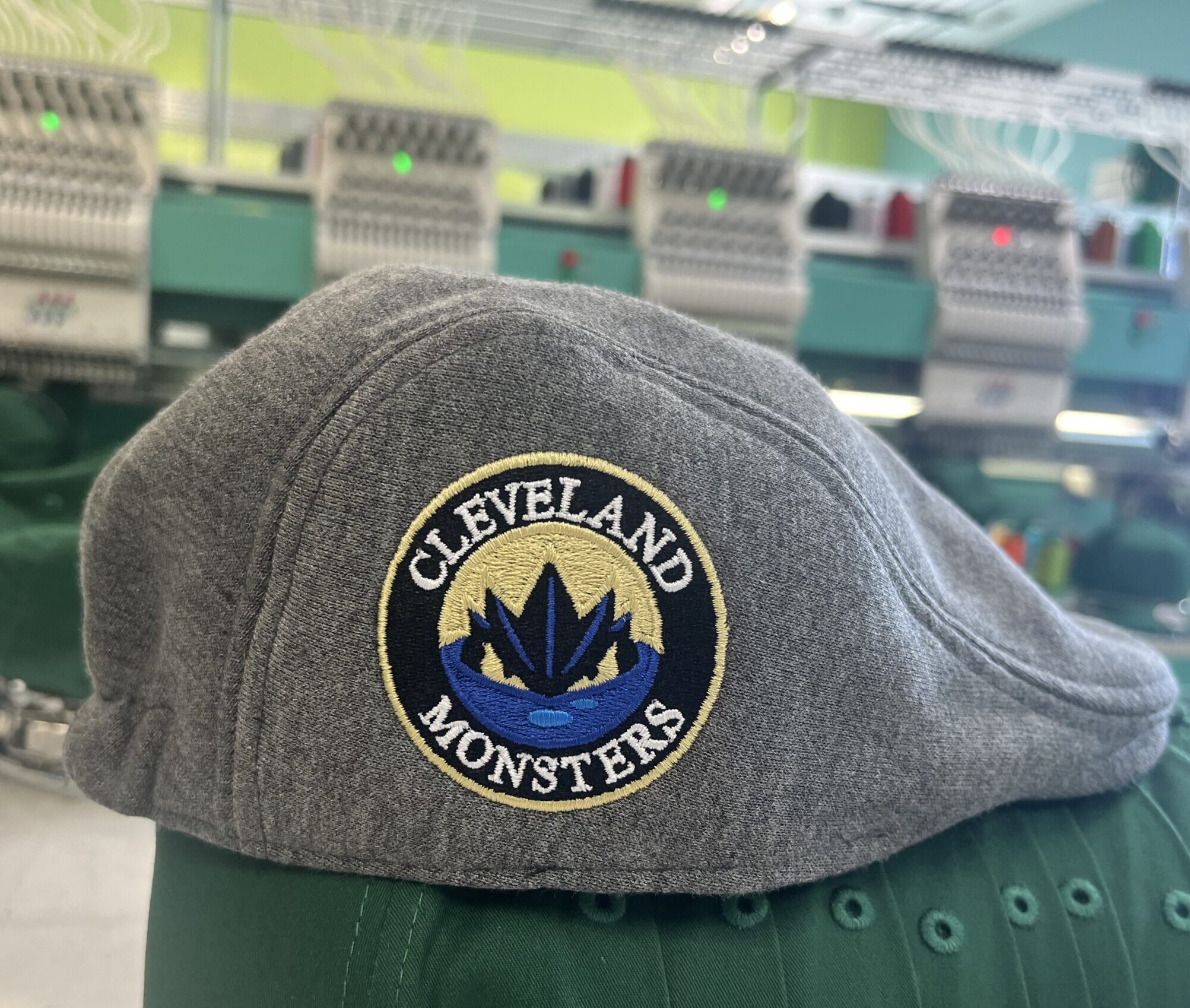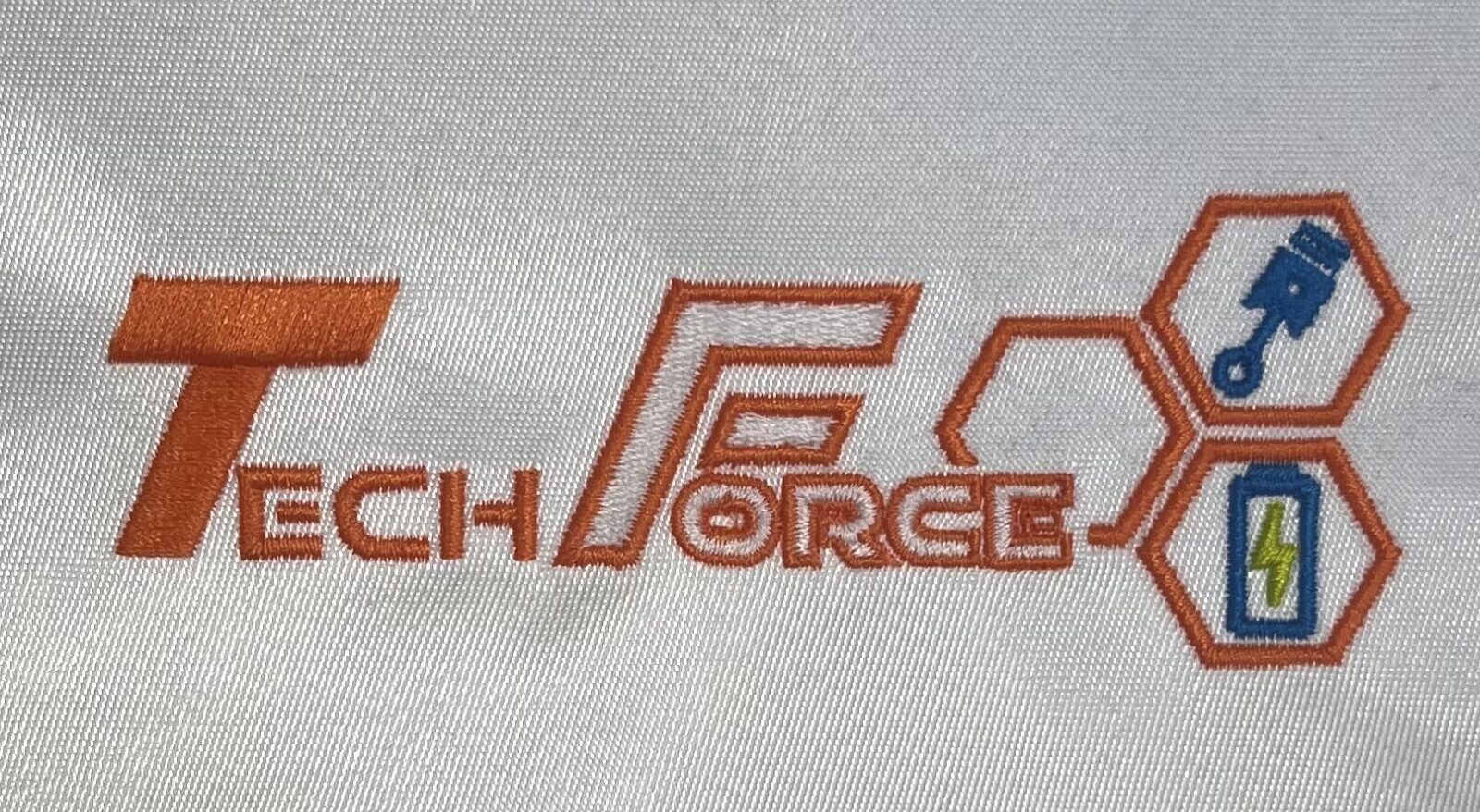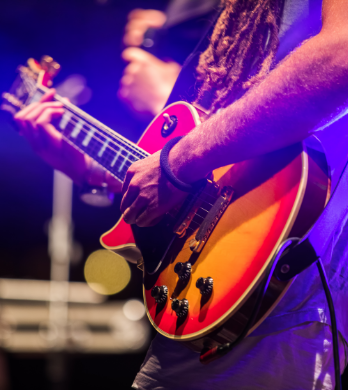Direct embroidery refers to a method of decorating fabric or textiles by stitching designs directly onto the material. This process involves using specialized sewing machines equipped with needles and thread to create intricate patterns, logos, or text directly onto the fabric’s surface.
Direct embroidery offers several advantages:
Professional Appearance: Embroidered designs have a polished and professional look, making them popular for corporate apparel, uniforms, and promotional items.
Durability: Embroidered designs are long-lasting and resistant to wear and tear, making them suitable for items that will undergo frequent use and laundering.
Versatility: Direct embroidery can be applied to a wide range of fabrics, including cotton, polyester, denim, and fleece, allowing for versatility in garment and textile decoration.
Customization: It offers the flexibility to create custom designs tailored to specific preferences, such as company logos, names, or intricate patterns.
Perceived Value: Embroidered items are often perceived as having higher value compared to other decoration methods due to the craftsmanship involved.
Direct embroidery is commonly used in various industries, including apparel manufacturing, promotional products, and personalization services. It’s a popular choice for creating branded merchandise, team uniforms, hats, bags, and other fabric-based items.
Thread Types: Direct embroidery can utilize various types of threads, including polyester, rayon, cotton, metallic, and specialty threads. Each type of thread offers unique characteristics in terms of color vibrancy, texture, and shine, allowing for further customization of the design.
Stitch Types: Different stitch types can be used in direct embroidery to achieve various effects. Common stitch types include satin stitch, running stitch, fill stitch, and chain stitch, among others. The selection of stitch type depends on factors such as design complexity, fabric type, and desired aesthetic.
Digitization: Before embroidery can begin, the design must be digitized, which involves converting artwork or logos into a digital format compatible with embroidery machines. Skilled digitizers use specialized software to create stitch files that dictate the machine’s movements and thread colors, ensuring accurate replication of the design.
Hooping and Stabilizing: Proper hooping and stabilizing are essential steps in direct embroidery to ensure precise stitching and prevent fabric distortion. The fabric is hooped tightly in an embroidery hoop or frame, and a stabilizer is often placed underneath to provide support and maintain the fabric’s shape during stitching.
Production Time: Direct embroidery typically requires more time compared to other decoration methods, such as screen printing or heat transfer, due to the intricacy of the stitching process. Production time varies depending on factors such as design complexity, quantity, and machine capacity.








